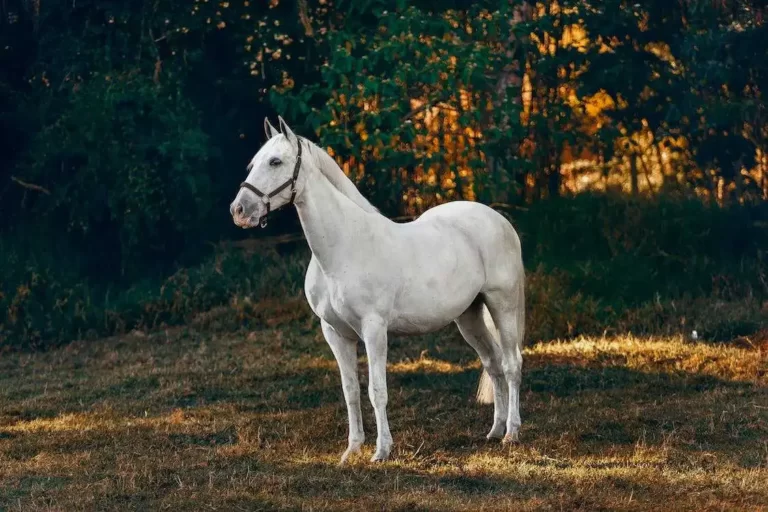Types of pet turtles and tortoises
I. Introduction
Pet turtles and tortoises are fascinating and rewarding companions. They offer a unique experience in pet ownership, with their distinct personalities and interesting behaviours. In this comprehensive guide, we’ll explore the different types of pet turtles and tortoises, their care requirements, and how to choose the right one for you.
II. Understanding Turtles and Tortoises
Turtles and tortoises, while similar, have distinct differences. Turtles generally live in or around water, while tortoises are land dwellers. Both have specific habitat and dietary needs that are crucial for their health and well-being.
III. Popular Types of Pet Turtles
- Red-Eared Slider: Known for the distinctive red stripe on each side of its head, this turtle is a common choice for beginners.
- Painted Turtle: With its vibrant markings, the painted turtle is both beautiful and easy to care for.
- Box Turtle: Box turtles are known for their domed shell and enjoy a mixed diet of insects, fruits, and vegetables.
IV. Caring for Pet Turtles
Creating the right habitat is crucial for pet turtles. They require a tank with both water for swimming and a dry area for basking. Proper nutrition is also essential, with a balanced diet of commercial turtle food, vegetables, and occasional live prey.
V. Popular Types of Pet Tortoises
- Russian Tortoise: Small and hardy, the Russian tortoise is well-suited for beginners.
- Leopard Tortoise: This larger species is known for its striking shell pattern.
- Sulcata Tortoise: One of the largest tortoise species, the Sulcata requires significant space and commitment.
VI. Caring for Pet Tortoises
Tortoises need a spacious enclosure with a warm, dry environment. Their diet mainly consists of grasses and leafy greens, supplemented with calcium and vitamins for shell health.
VII. Choosing the Right Pet
Consider your living space, time, and resources when choosing a pet turtle or tortoise. Some species require more care and space than others, making them suitable for more experienced pet owners.
VIII. Legal and Ethical Considerations
It’s important to understand the legal aspects of owning pet turtles and tortoises, as some species are protected and cannot be kept legally. Ethical considerations also include the pet’s source and its impact on wild populations.
IX. Community and Support
Finding a vet experienced in reptile care is essential. Joining online forums and local communities can provide valuable support and advice from fellow turtle and tortoise enthusiasts.
X. Conclusion
Turtles and tortoises can be wonderful pets for the right owner. Understanding their needs and providing proper care will ensure a long, healthy life for these fascinating creatures.
FAQs
- What is the average lifespan of pet turtles and tortoises?
- Lifespans vary greatly among species, with some living over 50 years.
- Do turtles and tortoises require companionship?
- Most are solitary and do not require a companion.
- How often should pet turtles and tortoises be fed?
- Feeding schedules depend on age and species but generally range from daily to several times a week.
- Can pet turtles and tortoises be kept outdoors?
- In suitable climates, outdoor enclosures can be ideal, but they must be secure and provide necessary environmental conditions.
- What are the signs of illness in turtles and tortoises?
- Lethargy, loss of appetite, and visible changes in the shell or skin can indicate illness.





